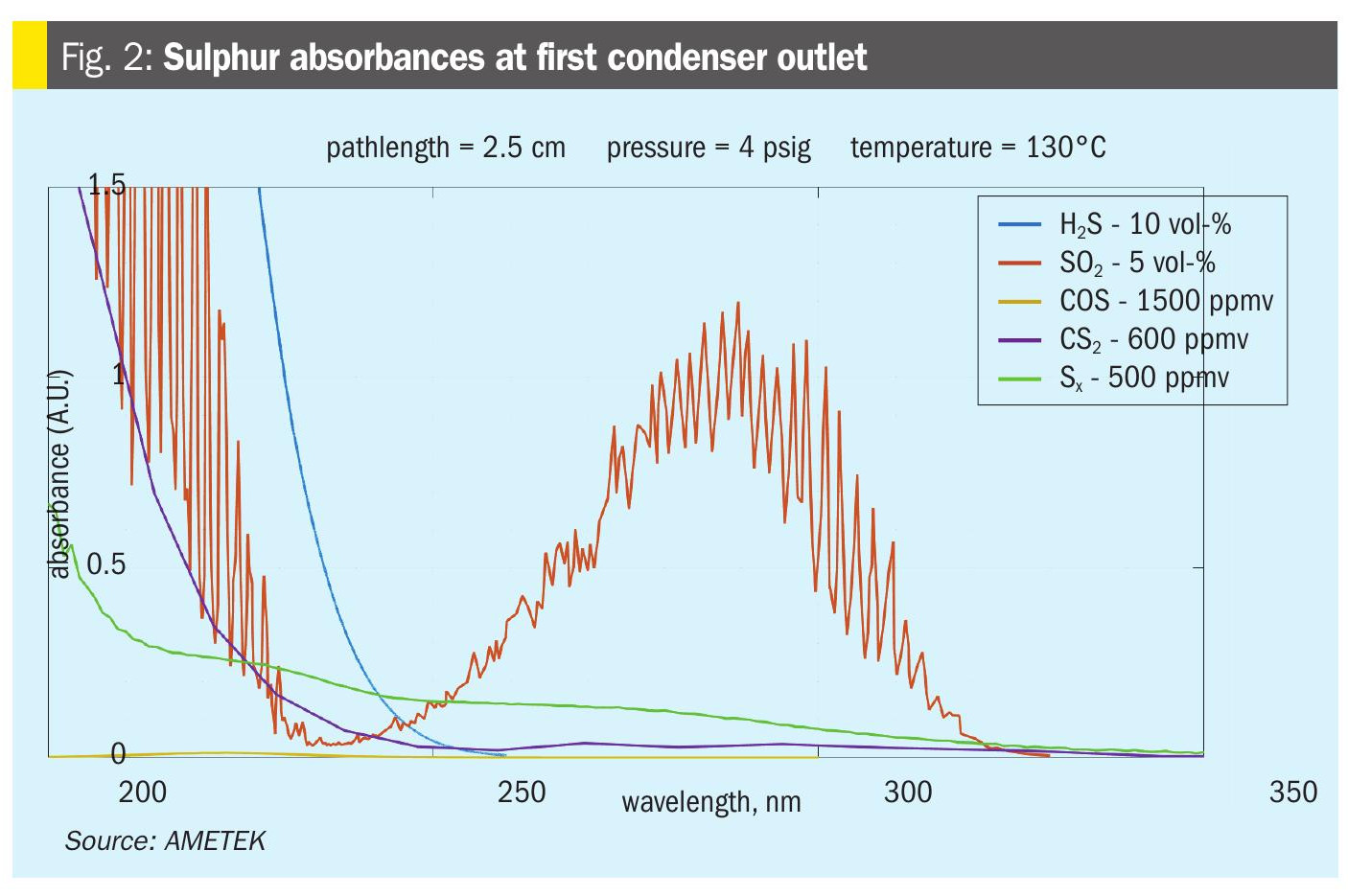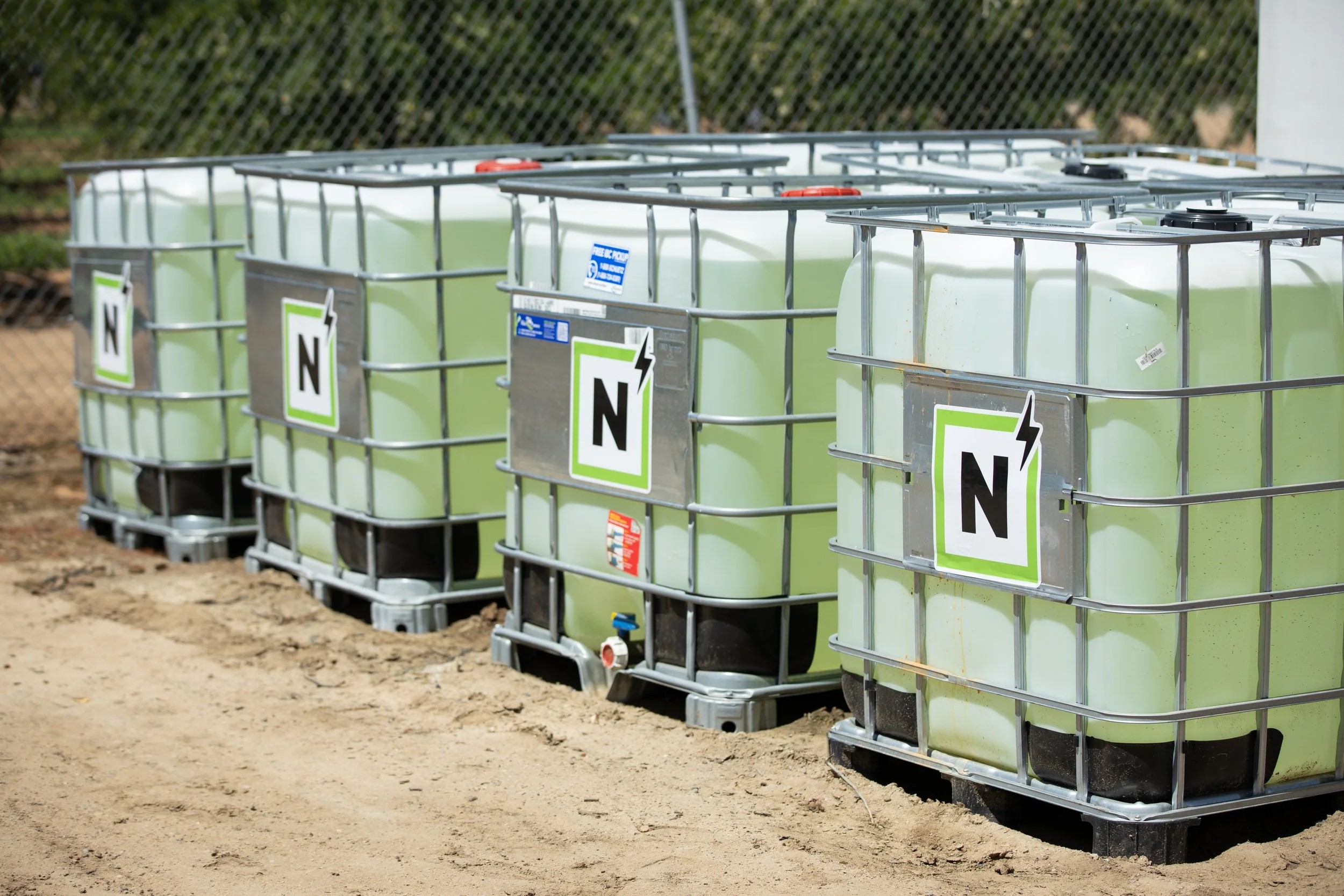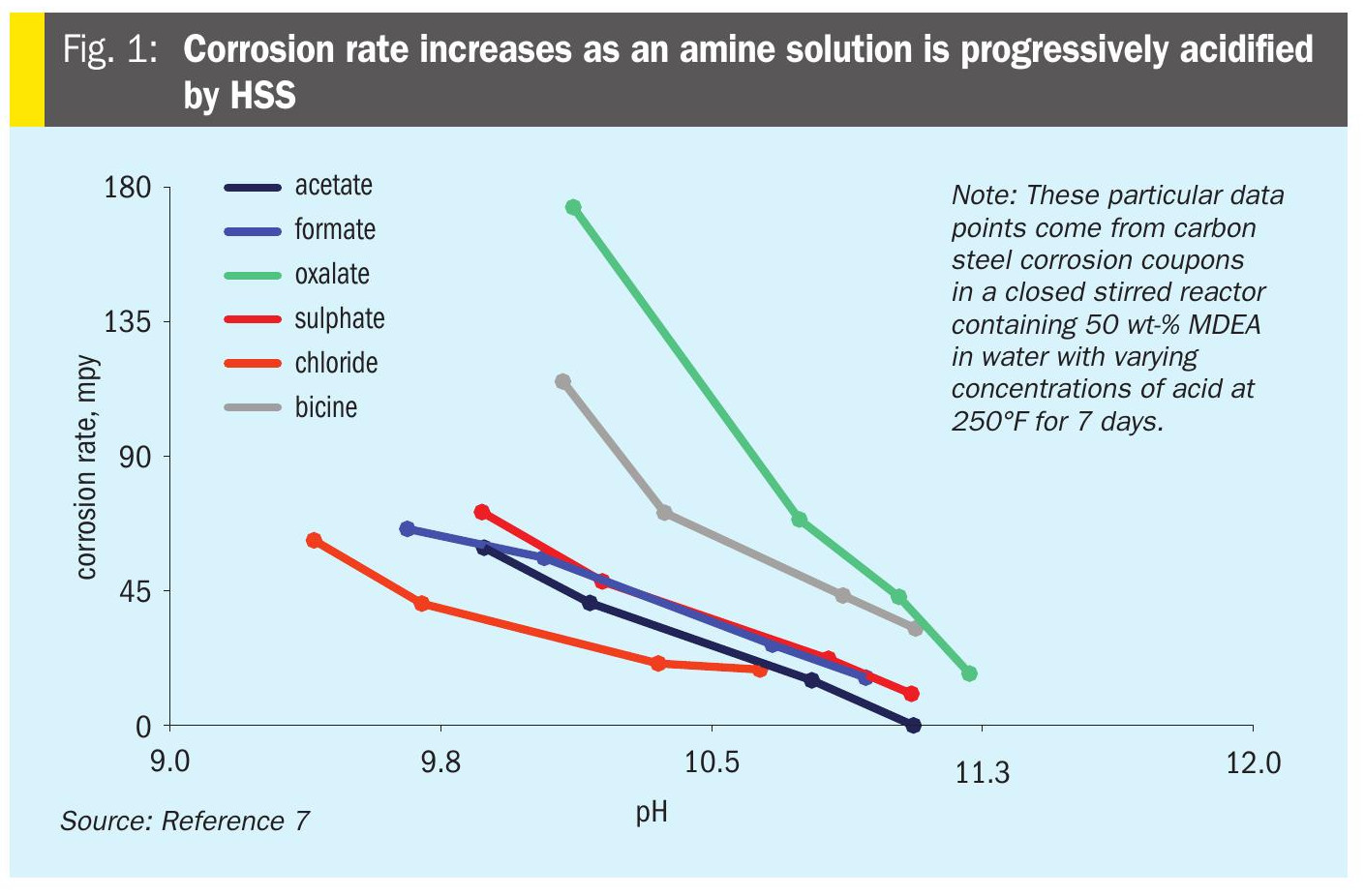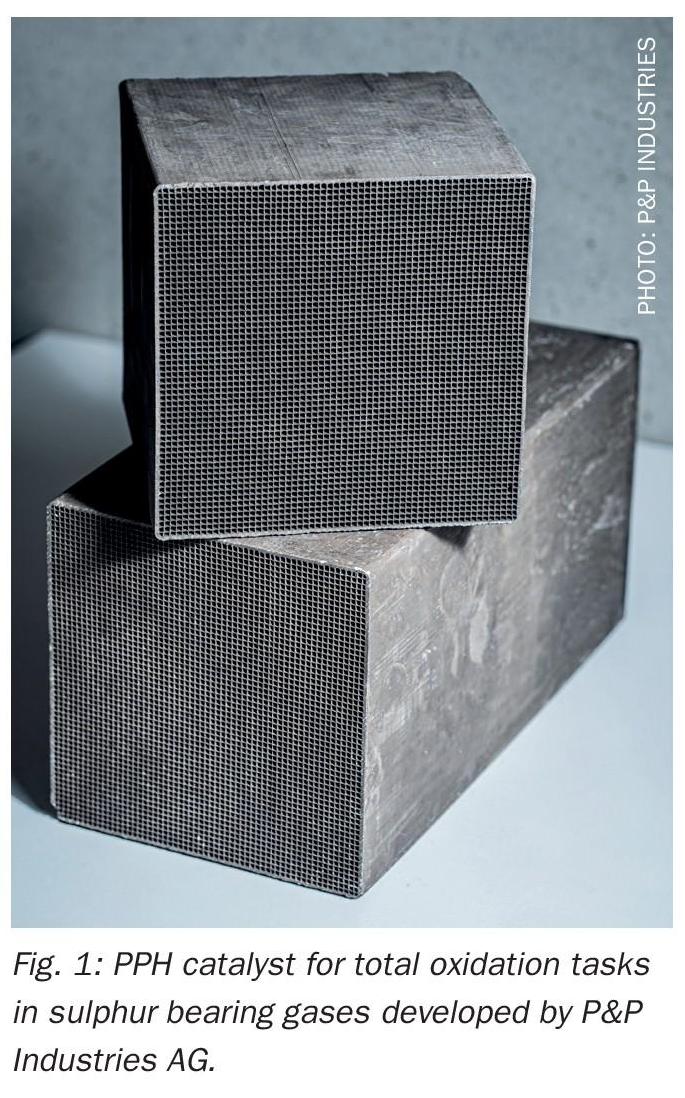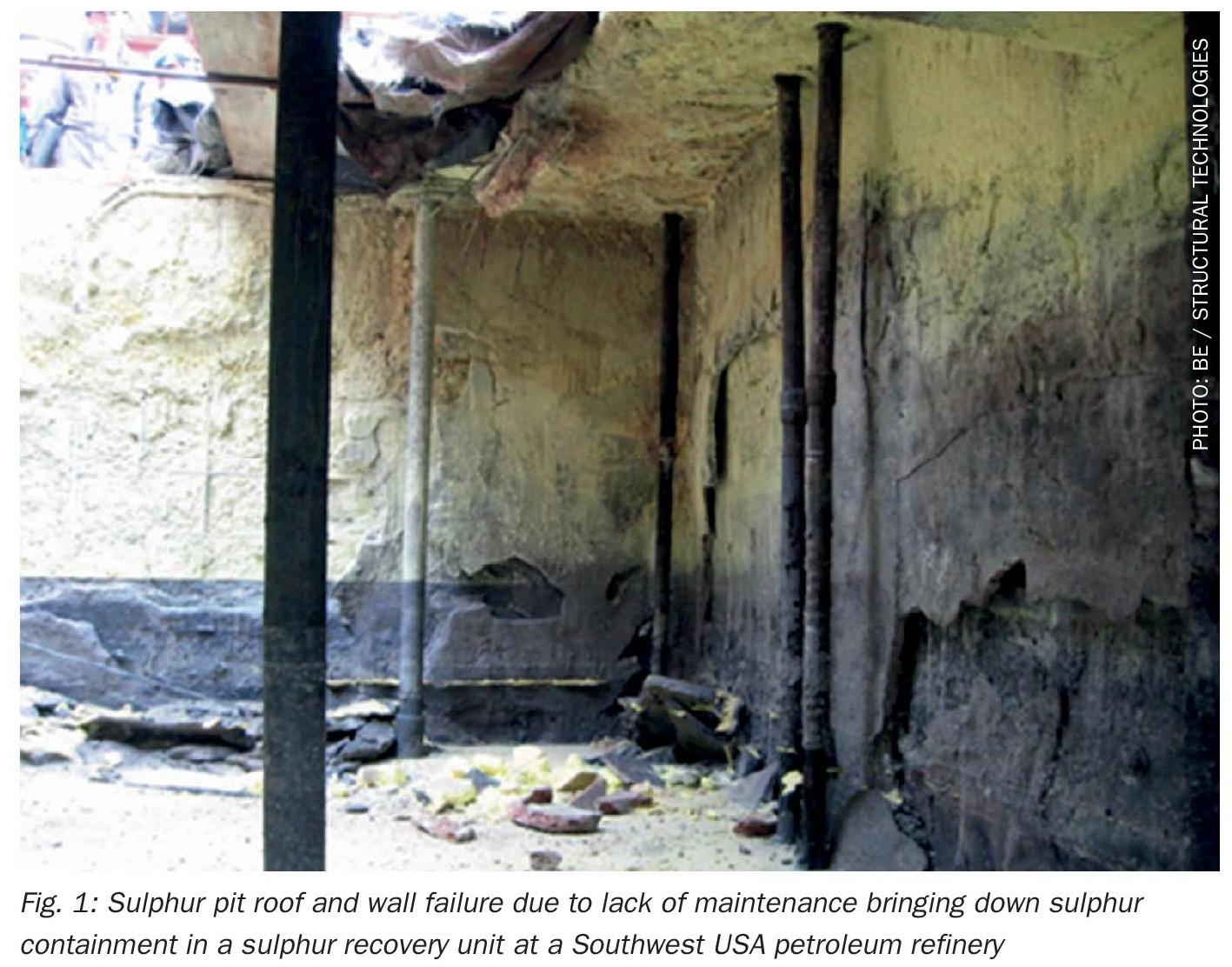Nitrogen+Syngas 308 Nov-Dec 2010
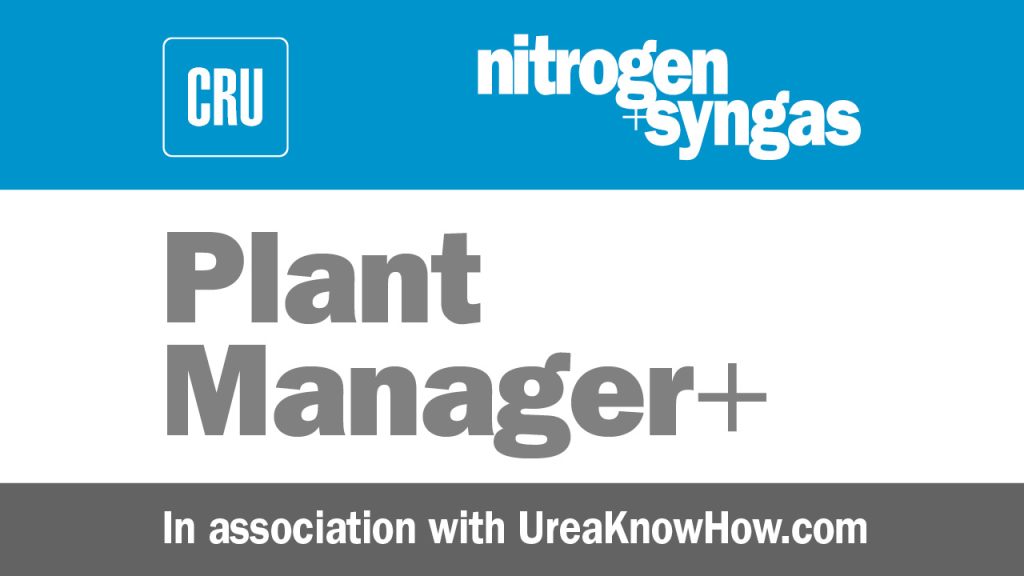
31 December 2010
Problem No. 3: Higher vibration in high pressure pipelines

In the high pressure synthesis section of a urea plant there are several high pressure pipelines prone to higher vibration. For example, the discharge lines of reciprocating high pressure ammonia and carbamate pumps or CO2 compressors and pipelines with a large pressure drop e.g. pipelines from the high pressure synthesis section to the significantly lower pressure recirculation stages. Special precautions are needed to reduce and control the vibrations in these lines and to ensure safe and reliable operation. It is not always an easy and straightforward exercise as shown by the round table discussions below.

Muhammad Adnan Hanif of Fauji Fertilizer Corporation (FCC) in Pakistan posts an important topic, namely higher vibrations of high pressure pipelines: This thread is to discuss vibration issues in urea plants especially:
- at high pressure section pipelines;
- CO2 compression section, especially at final discharge line;
- high pressure NH3 feed pump discharge line.
At our plant, we are facing the last two problems. Any suggestions to reduce them, especially at higher than design plant loads?
Bimal Bhayani of Gujarat State Fertilizers and Chemicals in India replies with several valuable practical suggestions: As regards high pressure ammonia pump discharge piping problems:
- The pump must have suction and discharge dampeners to reduce the root cause of vibrations. If the booster pump to the high pressure pump is a centrifugal type the problem becomes easier to solve.
- Check the sizing of the discharge piping. Under-designed piping at higher load can increase vibrations.
- Discharge piping should be of long radius type and without sudden 90° bends.
Use of wooden supports as supporting clamps in discharge piping before the discharge valve will reduce vibrations drastically as wood is a very good absorber of vibrations. We have successfully implemented this recently.
Kashif Naseem of Pak American Fertilizers in Pakistan has some additional suggestions: Check that lines are properly designed as per desired load design. At high load under-designed pipelines show this kind of behaviour. If these lines are at the carbamate feed pump discharge, ensure that the solution specific gravity is as per design, because at low density this may happen.
Gamal El-Washahy of EFC in Egypt contributes to the discussions with his own experiences: For ammonia lines check the temperature of the inlet ammonia as it should be between 15°C and 22°C. At lower temperatures vibrations can occur. Also, if you have steam on dampeners you have to close it during normal operation.
Muhammad Adnan Hanif replies: Yes our pump suction temperatures are higher than 22°C, but steam remains open in its suction dampeners. Why do you suggest closing the steam during normal running conditions, is it normal practice at your plant?
Anees Ahmad of Dawood Hercules Chemicals Limited in Pakistan contributes to the discussions with some practical solutions: Vibration in pipelines can be due to many reasons. However, for dampening you can use rubber pads like engine mountings with a steel plate at the bottom.
Ahsan Muhammad Sarfraz of Fatima Fertilizer Ltd in Pakistan provides practical information about his experience and solutions: We have also witnessed the same problem at Pak American Fertilizer Limited. For the ammonia pump discharge line we found that:
- Vibrations started at over 113% load (load kept same nothing could be done).
- We witnessed high oil accumulation in the dampeners from the pump. The oil was drained and the purge frequency increased to curb the oil accumulation in dampener.
- It was also observed that the major vibration is after the ammonia is preheated (from 30 to 60°C). We decided to reduce the ammonia temperature by 10°C and across same conditions there was no vibration later on. High temperature is indeed a factor contributing to higher vibrations.
- The supports of the line were strengthened.
Mr. Muhammad Adnan Hanif replies to Mr. Sarfraz as he now recognises the cause of the vibration problem in his plant and asks for some more clarification: Thanks a lot. I am also of the same opinion with regard to the steam jacket in the suction dampener. Did you get the complete effect from just reducing the steam/temperature of the suction ammonia? However, when we cut off steam to the dampners in an 8 hour trial no impact was observed. In our case high vibration is more significant due to higher than nameplate capacity plant load. Who is the vendor of your reciprocating ammonia pump i.e. Peroni, Ebara or Uraca?
Ahsan Muhammad Sarfraz provides some extra information: Our ammonia preheater is located downstream of the dampeners. It uses the hot condensates from the stripper steam saturation drum as heating media. In our case we came to the conclusion that the issue was more prominent at higher load together with high ammonia temperature. We therefore keep the temperature on the lower side while operating at higher ammonia load. Subsequently, after strengthening the line supports the issue has been resolved. So you can say that in our case with old supports it was due to high ammonia temperature. The pumps are manufactured by Peroni.
Joe Geronimo of Chemac Inc. in the USA, a key supplier of high-pressure equipment to the urea industry clarifies several issues with valuable background information and summarises the discussions with several solutions: Regarding NH3 reciprocating pump and pipe vibrations, 99% of the time excessive vibrations are caused by poor suction conditions. Here are some things to look at:
- NH3 temperature and pressure. Liquid must be maintained in the suction line at all times. At 22°C you need minimum 9-10 bar otherwise the ammonia will flash. Check your pump data sheet regarding conditions of service.
- The suction dampener should be steam traced on the upper one-third section only, a gas cushion will then be maintained. You may want to install a level indicator to see where the separation point is in the bottle.
- Make sure the suction pipe is sized correctly otherwise liquid velocity will be too high and could cause cavitations.
- Make sure the pump is in good working order. Suction and discharge valves must seal 100%. If a valve fails the pump will vibrate excessively.
The discharge dampener will only help the piping, not the pump. Triplex reciprocating pumps have a normal flow variation of 7% above and 17% below discharge pressure. A correctly sized discharge dampener should reduce this to around 2-3% peak to peak on your discharge piping.
| This series of discussions is compiled from a selection of round table topics discussed on the UreaKnowHow.com website. UreaKnowHow.com promotes the exchange of technical information to improve the performance and safety of urea plants. A wide range of round table discussions take place in the field of process design, operations, mechanical issues, maintenance, inspection, safety, environmental concerns, and product quality for urea, ammonia, nitric acid and other fertilizers. |


